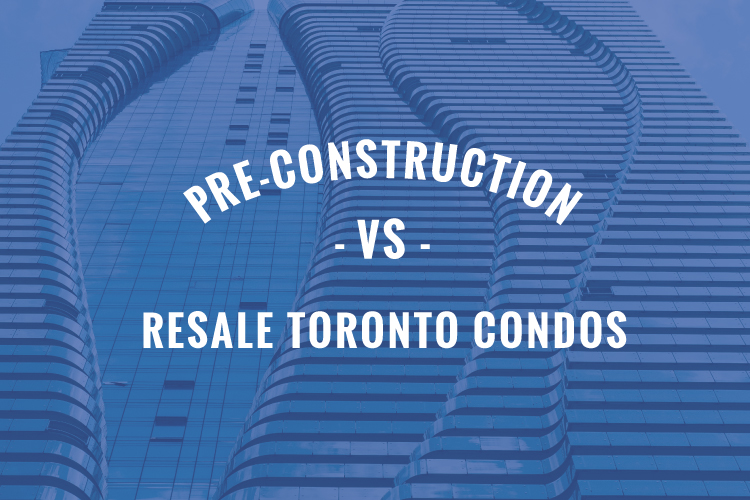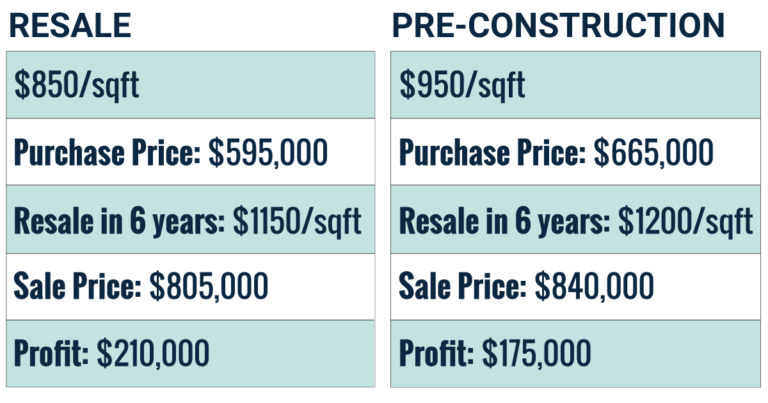Vancouver’s skyline will reach new heights in 2022 as The Stack becomes the city’s tallest ever tower.
Built by Oxford Properties Group, the tower at 1133 Melville will be 530 feet tall and provide a AAA class office development of 540 square feet, making it the largest office development currently underway in Vancouver.
Demolition has begun with construction due to start in Q1 2019 and completion in Q1 2022.
The new development will ease the tight vacancy rate in Vancouver which is the second lowest in North America at 4.7%.
It will also bring the latest design thinking to the city’s office market and is at the forefront of sustainability by targeting LEED Platinum status and is one of only two high-rise towers in Canada to be part of the Net Zero Carbon pilot.
“The Stack is one of the most-forward thinking office projects in Vancouver,” said Chuck We, Vice President of Office at Oxford. “Not only does it break new ground by incorporating employee wellness into the fabric of its design through its use of natural light, outdoor space and cycling amenities, we’re future-proofing the building with the adoption of Smart Building technology and multi-modal transportation options.”
The building will include 250 bike stalls and a dedicated drop-off zone for ride-sharing providers and (in the future) autonomous vehicles.
Tenants already lined up
The Stack has its first three tenants lined up with pre-leases for global services firm EY taking 60,000 sq. ft; and law firms Blakes and DLA Piper taking 80,000 sq. ft. and 67,000 sq. ft. respectively.
“The location provides quick access to our downtown clientele, the waterfront, great amenities and is a short walk to transit options. It’s going to be the premier business location in the entire city and we’re excited to be part of it,” commented Bill Maclagan, Managing Partner of the Vancouver office of Blakes.
The Stack development project is co-owned by Oxford and Canada Pension Plan Investment Board with each holding a 50% stake.















 Maziar Moini, Broker of Record - Home Leader Realty Inc.
300 Richmond St. W., #300, Toronto, ON M5V-1X2
Maziar Moini, Broker of Record - Home Leader Realty Inc.
300 Richmond St. W., #300, Toronto, ON M5V-1X2

